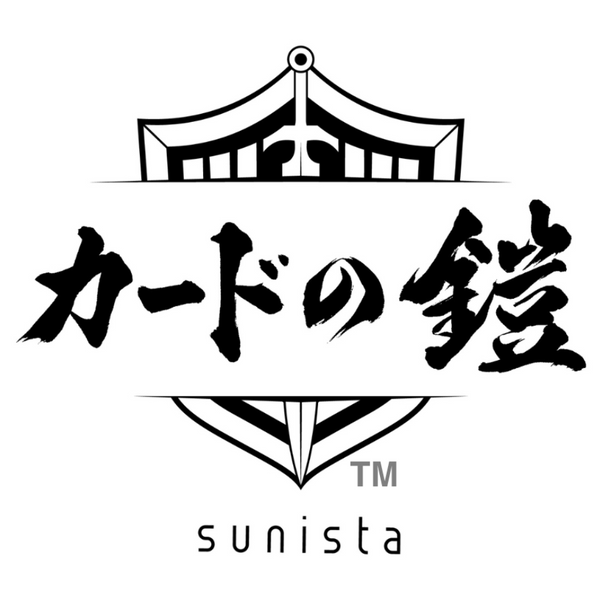
Card storage precautions for each season and region: A comprehensive guide to Japan's rainy season, winter, and overseas environments
share
You want to keep your items in good condition forever. When you think about that, the first thing you should do is prepare the storage environment. This article provides an easy-to-read summary of the risks of temperature and humidity that change with the seasons and region, as well as measures you can take starting today.

I suddenly noticed that it had warped or faded in color. Why does this happen?
Cards are made up of paper, ink, and a surface-treated film. These materials are sensitive to environmental changes; high humidity levels cause them to absorb moisture, resulting in rippling and warping, while low humidity levels can lead to static electricity and micro-cracks. High temperatures can put strain on the adhesive layer and ink, and moving cards from a cooler to a warmer location can also increase the risk of condensation. This is why it's important to understand the storage environment numerically and maintain it at a consistent level.
A quick overview of seasonal risks and countermeasures
| season | average temperature | average humidity | Main risks | countermeasure |
|---|---|---|---|---|
| Rainy season (June to July) | 22-28℃ | 75-90% | Warping and mold due to moisture | Dehumidifier, dry operation, silica gel, sealed case |
| Summer (August-September) | 28-35℃ | 60-75% | Deterioration and warping at high temperatures | Lower the temperature with air conditioning and avoid direct sunlight |
| Winter (December to February) | 0 to 10°C | 30-50% | Static electricity and cracking due to dryness | Humidifiers, anti-static measures, avoid sudden temperature changes |
| Spring and Autumn | 10 to 22°C | 50-65% | Warping due to sudden changes | Constant monitoring with a thermometer and hygrometer, and gentle adjustment |

What should you prioritize during Japan's rainy season?
During the rainy season, humidity levels are consistently high, and even if you store your plants in a storage case, the humidity level will be low if the air inside is also damp. First, lower the indoor humidity level by using a dehumidifier or air conditioner on dry mode, then place a desiccant inside the storage case to stabilize it. Control the humidity level by adjusting the humidity level, aiming for 40-55% .
Dry winter air can lead to static electricity and micro-scratches
In winter, humidity levels drop, making it easier for static electricity to build up when inserting and removing sleeves or shuffling cards. Use a humidifier to maintain a humidity level of 45-55% and work in a humidified room. When opening and closing the loader, handle the cards gently with the pads of your fingers to avoid applying pressure to the corners of the cards.
When storing items overseas, be aware of regional differences.
| region | Features | Main risks | countermeasure |
|---|---|---|---|
| Southeast Asia (hot and humid) | High humidity throughout the year | Mold and constant warping | Use of moisture-proof storage, powerful desiccants, and air conditioning |
| North America (dry and cold) | The room tends to be dry in winter | Static electricity and cracks | Humidifiers, anti-static measures, avoiding sudden temperature changes |
| Europe (humid temperate) | Seasonal changes are relatively stable | Warping due to seasonal changes | Annual monitoring, gradual adjustment |

Where do I start?
- Place the thermo-hygrometer indoors and in the storage case.
- Maintain 40-55% humidity by dehumidifying during the rainy season and humidifying in winter.
- Avoid direct sunlight and direct air from air conditioners, and avoid sudden temperature changes.
- Protect high-value cards with sleeves, loaders, and UV protection
Recommended setup from the manufacturer's perspective
The sleeves utilize the flexibility of PP/CPP to reduce stress when inserting and removing items. For long-term storage or viewing, a highly transparent, UV-resistant magnetic loader is recommended. When storing multiple items together, choose a storage solution that offers a good balance of airtightness and ease of access.
{% render 'faq-common', contained: true %}